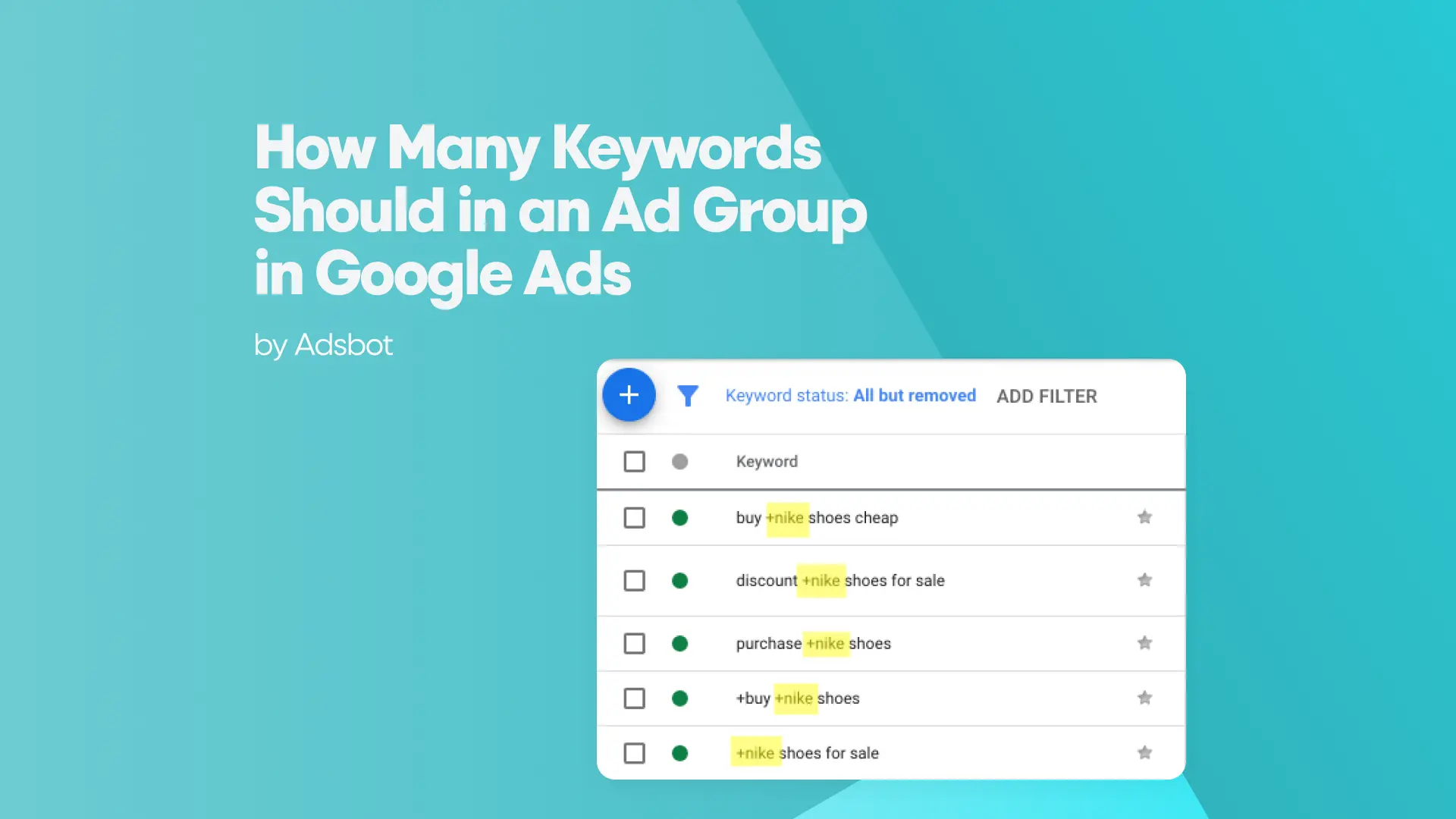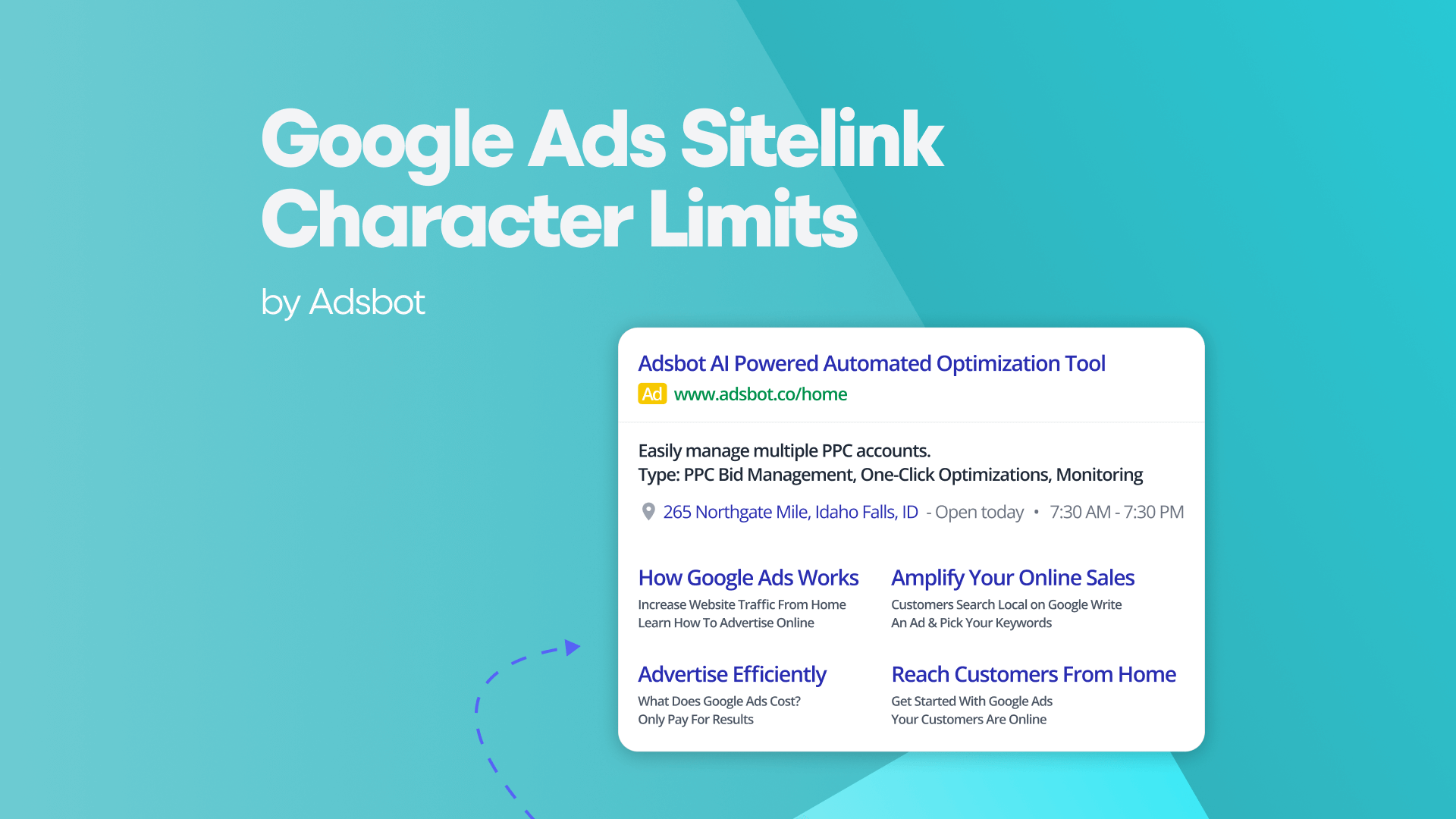Digital marketing attribution is the process of determining which marketing efforts, channels, or touchpoints contribute to conversions or customer actions. This approach allows marketers to assign value to specific elements of their campaigns, ensuring a better understanding of how each channel influences a customer’s journey.
Understanding what is attribution in digital marketing is essential for evaluating the effectiveness of campaigns and optimizing strategies to improve ROI. In this article, we will explore the concept of attribution, various attribution models, methods to measure it, the significance of multi-channel attribution, and why it is critical for success.
Why Attribution is Important in Digital Marketing
Attribution is a cornerstone of effective marketing strategy. It answers fundamental questions like, “Which campaigns are driving sales?” and “What combination of channels is most impactful?” With accurate attribution, businesses can:
- Optimize marketing budgets by investing in high-performing channels.
- Identify underperforming strategies and improve them.
- Gain deeper insights into customer behavior and preferences.
- Justify marketing spend to stakeholders by showing measurable results.
Without proper attribution, businesses risk allocating resources inefficiently, potentially wasting money on ineffective campaigns while underfunding those with high potential.
Digital Marketing Attribution Models
A key element of attribution is the choice of model used to assign credit to different touchpoints. Digital marketing attribution models are frameworks that define how credit is distributed across various interactions in a customer’s journey.
1. First-Touch Attribution
This model assigns 100% of the credit to the first interaction a customer has with your brand. It’s useful for understanding initial brand awareness but often neglects the impact of subsequent interactions.
2. Last-Touch Attribution
Conversely, the last-touch model gives full credit to the final interaction before conversion. While simple, it overlooks the role of earlier touchpoints that influenced the buyer.
3. Linear Attribution
This model distributes credit evenly across all touchpoints in the journey, providing a more balanced view. However, it may not fully capture the varying significance of specific interactions.
4. Time-Decay Attribution
Time-decay models allocate more credit to touchpoints closer to the conversion event. This approach emphasizes the final stages of the customer journey but still considers earlier interactions.
5. Position-Based Attribution
Also known as U-shaped attribution, this model assigns 40% of the credit to both the first and last touchpoints and splits the remaining 20% among middle interactions. It’s a middle ground between first-touch and last-touch models.
6. Data-Driven Attribution
This advanced model uses machine learning to analyze historical data and assign credit based on actual customer behavior. It’s one of the most accurate methods but requires robust data and technical expertise.
How to Measure Marketing Attribution
Understanding how to measure marketing attribution involves tracking customer interactions and analyzing them to determine their impact on conversions. Here are the key steps:
- Set Clear Goals
Define what you want to measure, such as lead generation, sales, or brand awareness. This will help focus your efforts. - Map the Customer Journey
Identify all potential touch points where customers interact with your brand, such as ads, social media posts, emails, or website visits. - Leverage Analytics Tools
Use platforms like Google Analytics, HubSpot, or Adobe Analytics to track and gather data on customer interactions. These tools provide insights into traffic sources, conversion paths, and user behavior. - Assign Attribution Models
Choose an attribution model that aligns with your goals. For example, a first-touch model might be suitable for understanding how customers discover your brand, while a data-driven marketing model is better for optimizing conversions. - Analyze and Adjust
Regularly review attribution data to identify trends and make data-driven decisions to optimize your campaigns.
Multi-Channel Attribution in Digital Marketing
Today’s customer journey is rarely linear, often involving multiple channels and touchpoints before conversion. Multi-channel attribution in digital marketing focuses on analyzing and assigning value across all these interactions, providing a more holistic view of campaign performance.
Benefits of Multi-Channel Attribution
- Comprehensive Insights: It reveals how different channels work together to drive results, offering a complete picture of the customer journey.
- Better Budget Allocation: Marketers can identify which channels deserve more investment.
- Improved Campaign Optimization: Understanding the interplay between channels helps refine strategies for better outcomes.
Challenges of Multi-Channel Attribution
- Data Silos: Tracking customer interactions across multiple platforms can be challenging.
- Complexity: Analyzing large volumes of data requires advanced tools and expertise.
- Attribution Bias: Some channels, such as social media, may play indirect roles that are harder to quantify.
Overcoming Challenges
To tackle these issues, marketers can use integrated tools like Google Tag Manager, CRM systems, or marketing automation platforms. These solutions centralize data collection and analysis, making it easier to manage multi-channel campaigns.
Implementing Attribution for Success
To maximize the benefits of attribution, businesses should:
- Invest in the Right Tools
Choose analytics and attribution platforms that align with your business size, budget, and goals. Tools like Ruler Analytics, Optimizely, and Attribution App offer varying capabilities for different needs. - Focus on Data Quality
Accurate attribution depends on reliable data. Ensure your tracking systems are correctly set up, and regularly audit your analytics for errors. - Test and Optimize
Attribution is not a one-time process. Continuously test different models, analyze the results, and refine your approach based on insights. - Train Your Team
Equip your marketing team with the knowledge and skills needed to interpret attribution data and make informed decisions.
Final Thoughts
Understanding what is attribution in digital marketing and implementing effective models is essential for success in today’s complex marketing landscape. With the right tools, strategies, and mindset, businesses can harness digital marketing attribution models to uncover valuable insights, optimize their efforts, and drive better results. Embracing multi-channel attribution in digital marketing ensures a holistic view of the customer journey, enabling smarter budget allocation and more impactful campaigns. Ultimately, mastering attribution is about making every marketing dollar count and delivering meaningful results for your business.
Popular Posts
-
How Many Keywords Should Be In an Ad Group in Google Ads?
Ever wondered if your Google Ads campaigns are packed with…
Read more -
Google Ads Script for Dummies: An Introduction
Imagine you have an e-commerce website that sells licensed superhero…
Read more -
Google Ads Sitelink Character Limits
Your Google Ads are cutting off in the middle of…
Read more -
What Is Conversion Value in Google Ads?
What if you could put a price tag on every…
Read more
Register for our Free 14-day Trial now!
No credit card required, cancel anytime.





